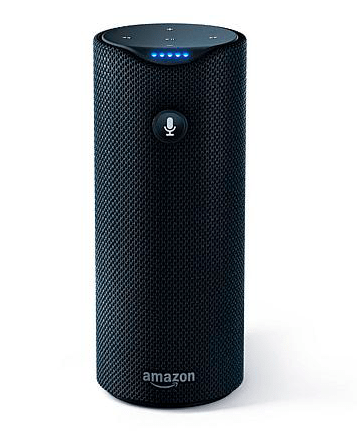
US legal digital signature pioneer, PactSafe, is developing novel ways of signing legal documents including a ‘smile to sign’ application that uses facial recognition.
The Indianapolis company, founded in 2013, is also exploring how it can use voice activated signatures via virtual personal assistants such as Alexa.
This cutting edge work is part of a wider digital signature platform, which at present is providing ‘click or text to sign’ functions so that people do not need to provide ‘traditional’ e-signatures to approve legal contracts.
The application, which also works on mobile devices, allows businesses to send contracts over text message, giving people the ability to then sign by return via a text message by simply replying ‘I Agree’.

The overall goal of PactSafe, Founder Brian Powers told Artificial Lawyer, is to move with the times and allow companies to provide tech-based ways to sign that match the wider tech ecosystem we live in. I.e. how can a company that largely sells tech products, often online, demand you send back a handwritten signature on a PDF document to approve a contract?
Powers’ approach is to try and create the right signature application for each client depending on their needs, or type of business. They consult with the client and then see what they can create that suits the use case.
‘To create a legally binding signature you don’t need pen and paper,’ says Powers. ‘You need an ‘acceptance’ from the party that is legally associated with the contract.’
How you get to that ‘acceptance’ is today possible through a growing number of digital pathways, many of which PactSafe is now exploring.

And yet anachronous moments still often happen in the wider legal and business world. (Recently a tech company that Artificial Lawyer transacted with noted that a preferred way to return signed documents to its accounts department was a wet signature on a printed out PDF, which was then to be scanned and faxed back, because faxing provided ‘the appropriate level of security’. Yep, I thought that was nuts as well given the company was basically a digital one.)
The reality is that web-based commerce is everywhere, which means in turn that the need for digital signatures is everywhere. Hence the experiment with ‘smile to sign’ using facial recognition makes a lot of sense in a world where the new iPhone X allows you to unlock your device just with your facial image.
Equally, in a world where a person has access to the IoT devices in their home, and access to the ability to make purchases on-line via an Alexa device from Amazon, then why not also allow a person to agree to a legal contract via voice confirmation?
However, Powers and his team are realistic, the focus in terms of commercial applications at present is around the text to sign/click to sign approach. But, to Artificial Lawyer this seems like an intermediary step to their more radical signature tech. It seems that signing by smiling is only a matter of when, rather than if.
And as Powers concludes: ‘We’re at the front of this change. It’s a paradigm shift.’
1 Trackback / Pingback
Comments are closed.